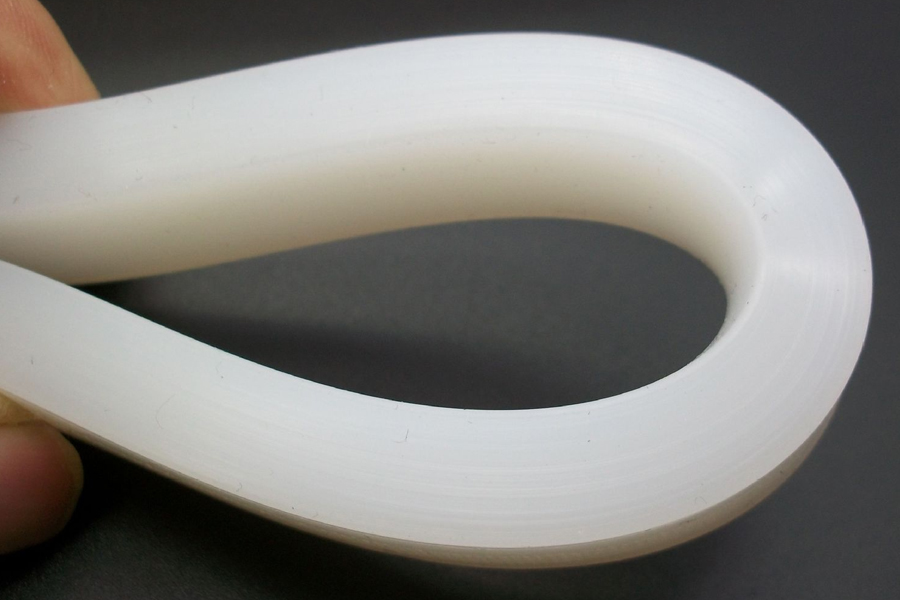What bronze sculpture manufacturers will not tell you about the advantages and disadvantages of lost wax and sand casting. The sand casting method is to use clay-bonded sand as the modeling material to produce cast bronze sculptures. Since its application thousands of years ago, most countries in the world, including the United States, Japan, etc., have used the foundry casting method to produce copper crafts. Sand foundry is a production method in which molten metal is poured into the cavity of a mold and cooled to obtain a product. The raw material of the sand mold is mainly sand, mixed with binder, water, etc. Therefore, the sand casting method is simple and easy to operate, and the material production cost is low. It is suitable for the production of copper, plastic and other crafts, and it is also better than lost wax casting. The cost and manpower consumed are small. Although the foundry process is simple, there are many constantly changing factors such as the treatment of old sand, the addition of new sand and auxiliary materials. If there is a problem with the monitoring of any link, it cannot be guaranteed that a certain key performance is within the control range. There may be problems. In addition, foundry casting is more suitable for the manufacture of blanks, because its production process determines that this manufacturing method cannot be perfect in details.
The lost wax method and the Tao Fan method are called the two major bronze manufacturing methods. They are specialized precision casting methods for bronze and other metals. Its principle originated from the burning loss method, which was the earliest in the middle and late Shang Dynasty. The method is: use beeswax to make the casting model, then fill the clay core with other refractory materials and apply it to the outside. After heating and baking, all the wax film will melt and lose, so that the entire casting model becomes an empty shell, and then pour inside The molten liquid is cast into objects. It is one of the three major casting techniques in ancient China. The materials are lime clay and carbon powder, which are easy to obtain. With the development of technology, it was gradually replaced by zircon, zircon sand, and mullite.
China’s bronze culture has a long history, it has been formed for about 4,500 years, and the heyday of the Bronze Age (Summer Solstice and Warring States Period) lasted for 1,600 years. There are many types of bronze wares from rituals to daily necessities, and many kinds of crafts are produced because of the unique beauty of bronze. The patterns and shapes of bronze crafts in each era are different, and the details are even more breathtaking. The lost wax casting method is a casting method that can perfectly present the beauty of bronze details. Most ancient Chinese tripods, furnaces, music bells, seals, etc. were made by the lost wax method. Intersect with the sand-finding method, the lost wax method does not need to take out the mold from the sand mold, so it can cast very complex, delicate and beautiful crafts. For crafts, unique details and fine polishing are indispensable. A high-quality bronze crafts naturally pays attention to the perfection of every detail and the fineness of the items, so that it can be more ornamental and collection worthy. The fly in the ointment is that the lost wax process is complicated and consumes a lot of energy. However, a perfect handicraft inevitably requires more effort and hardship, which is the value of handicrafts.
